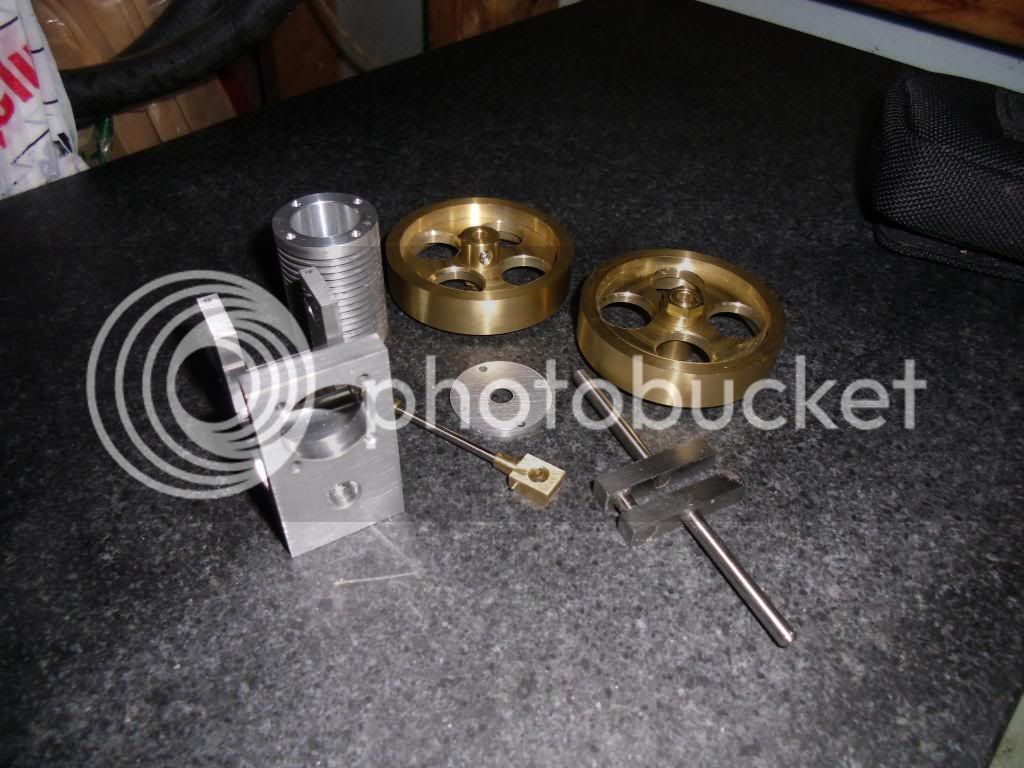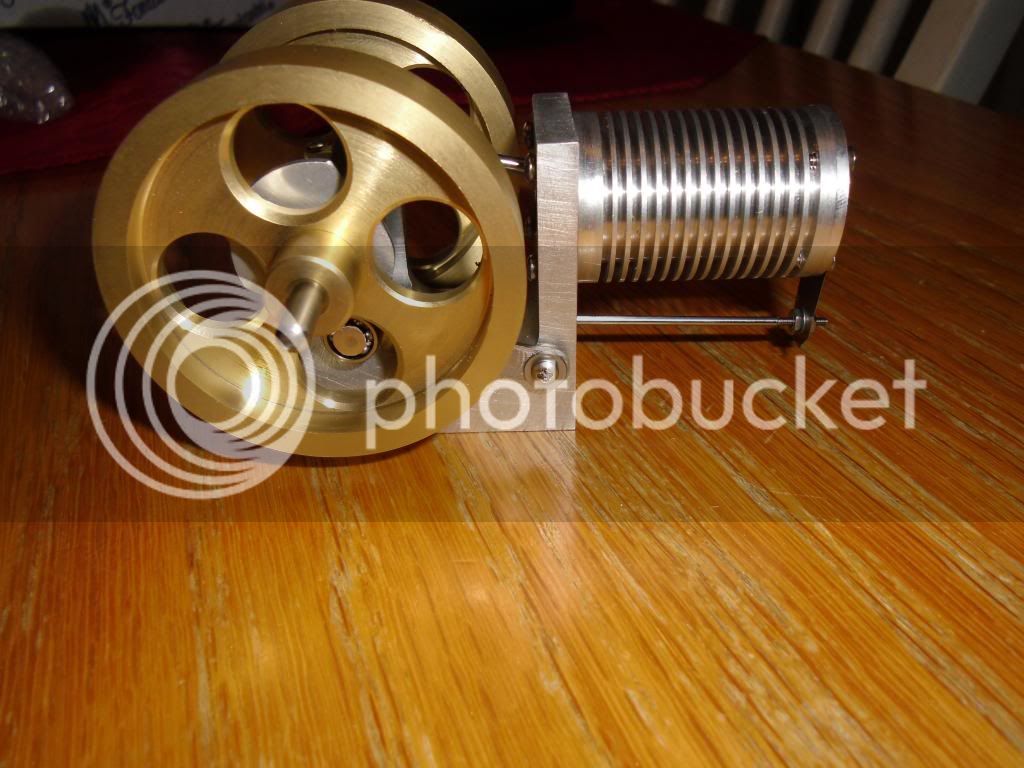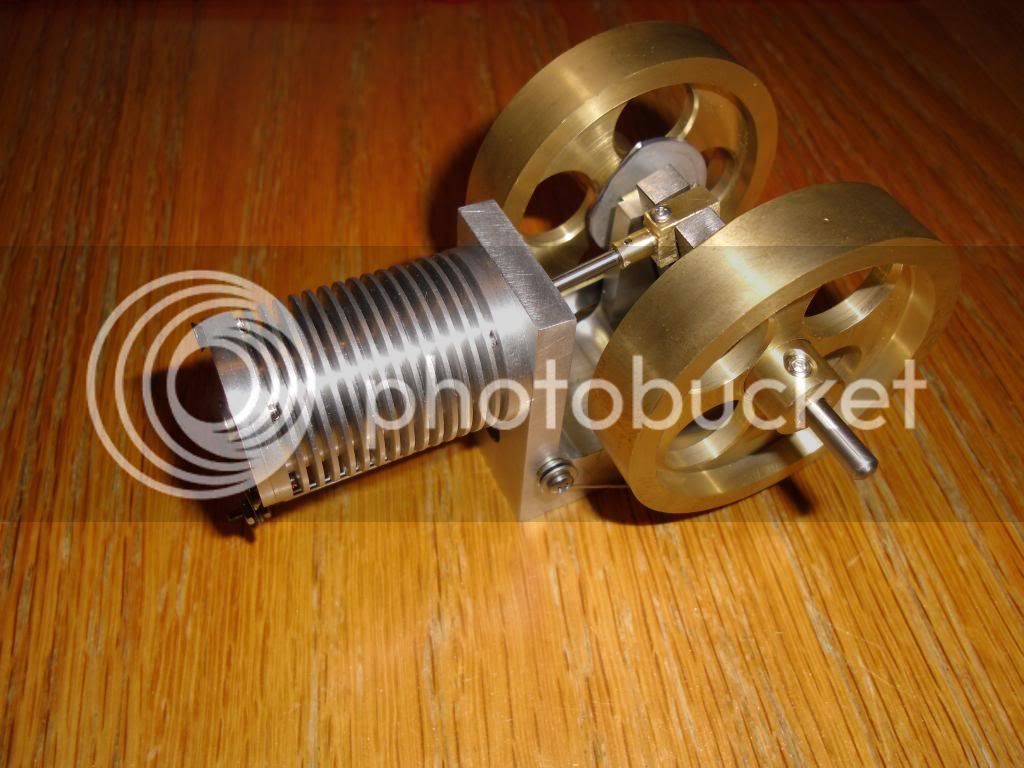JLeatherman
Well-Known Member
- Joined
- Nov 12, 2012
- Messages
- 93
- Reaction score
- 44
Since I'm trying to work out a surface-finish issue with my lathe, and my reamers and other bits came in, I got back to work on the "standard". I was making two, but after forgetting to add half the diameter of my edge-finder to the location of the crank-bearing-bore I ruined one :wall:.
Christmas is getting close, and I don't need mine to run by then, so I just forged ahead with the other standard good thing I was working on two). Here it is, complete except for the radius around the cylinder mount and the counterbore for the valve rod.
The only issue, which you can't see, is a .046" drill bit is currently broken off in one of the crank bearing clamp holes . It's a Ti-coated HSS bit, so I'm going to take a shot at the "Alum" trick this evening. Wish me luck
. It's a Ti-coated HSS bit, so I'm going to take a shot at the "Alum" trick this evening. Wish me luck 

Christmas is getting close, and I don't need mine to run by then, so I just forged ahead with the other standard good thing I was working on two). Here it is, complete except for the radius around the cylinder mount and the counterbore for the valve rod.
The only issue, which you can't see, is a .046" drill bit is currently broken off in one of the crank bearing clamp holes






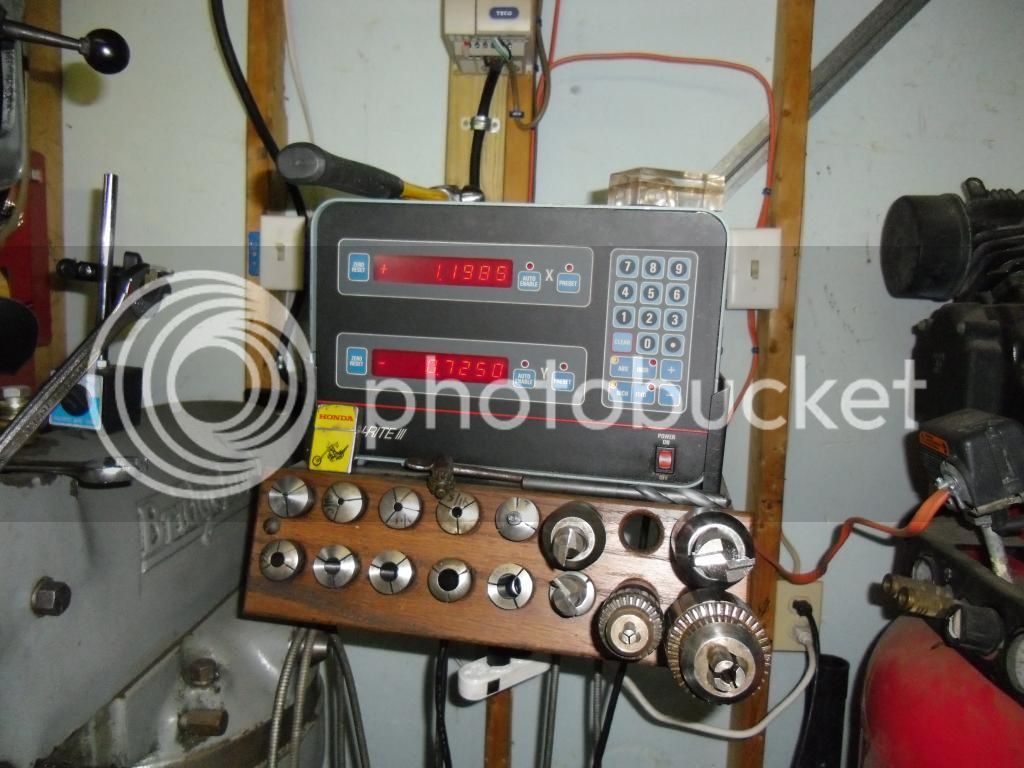
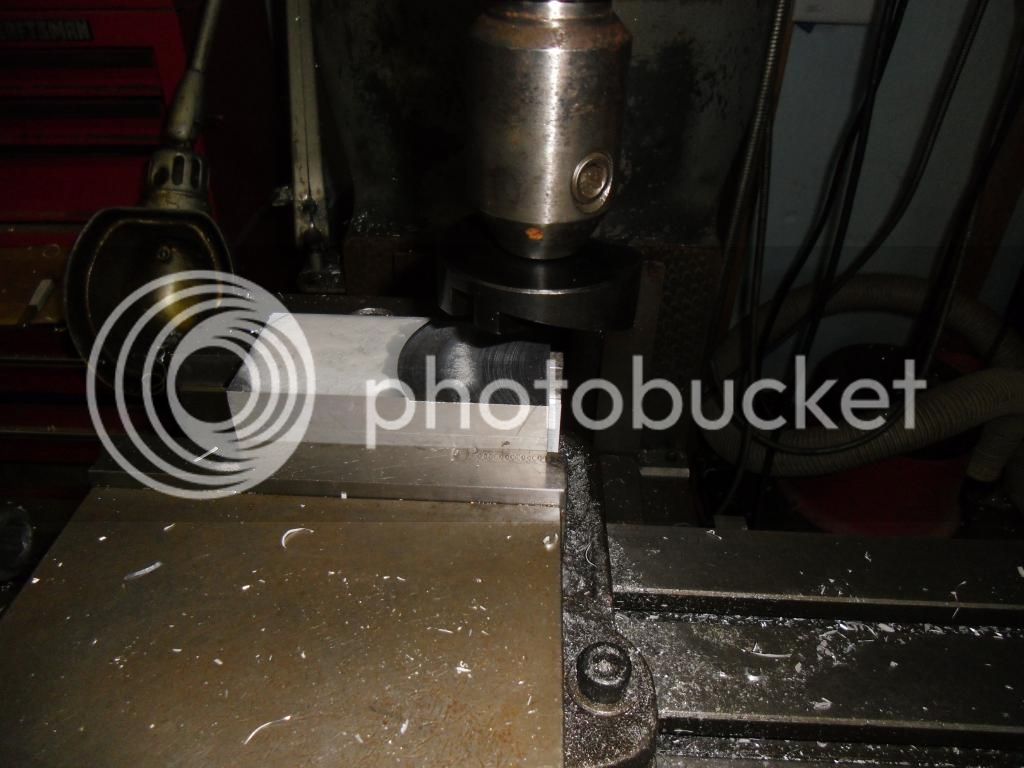
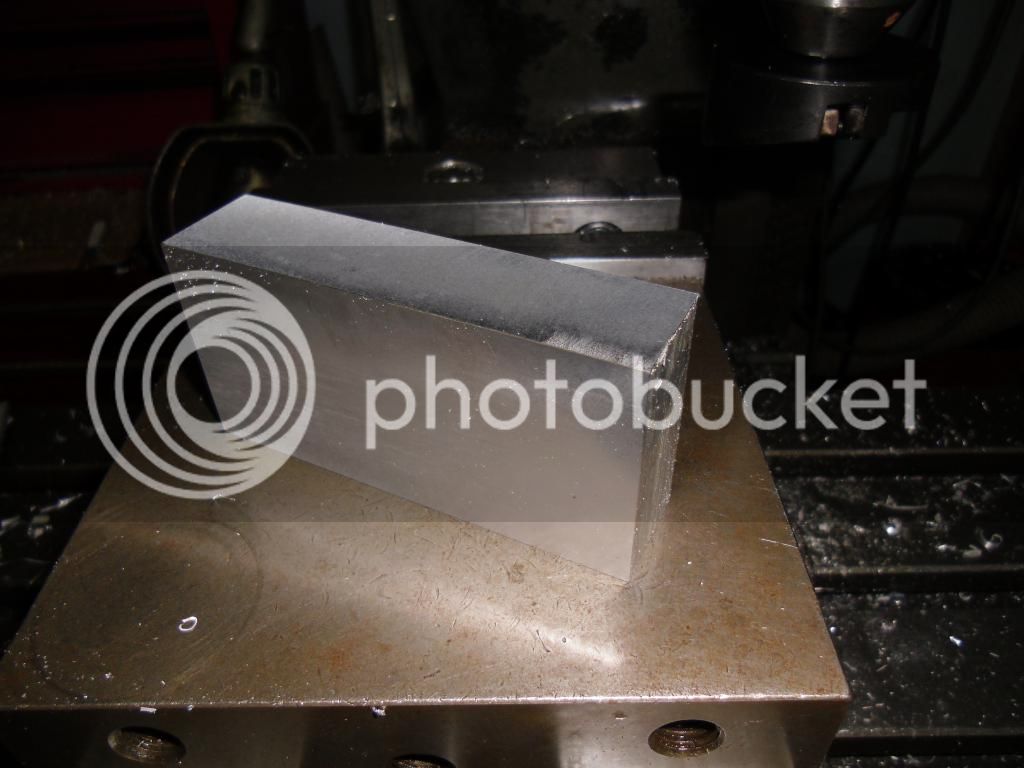
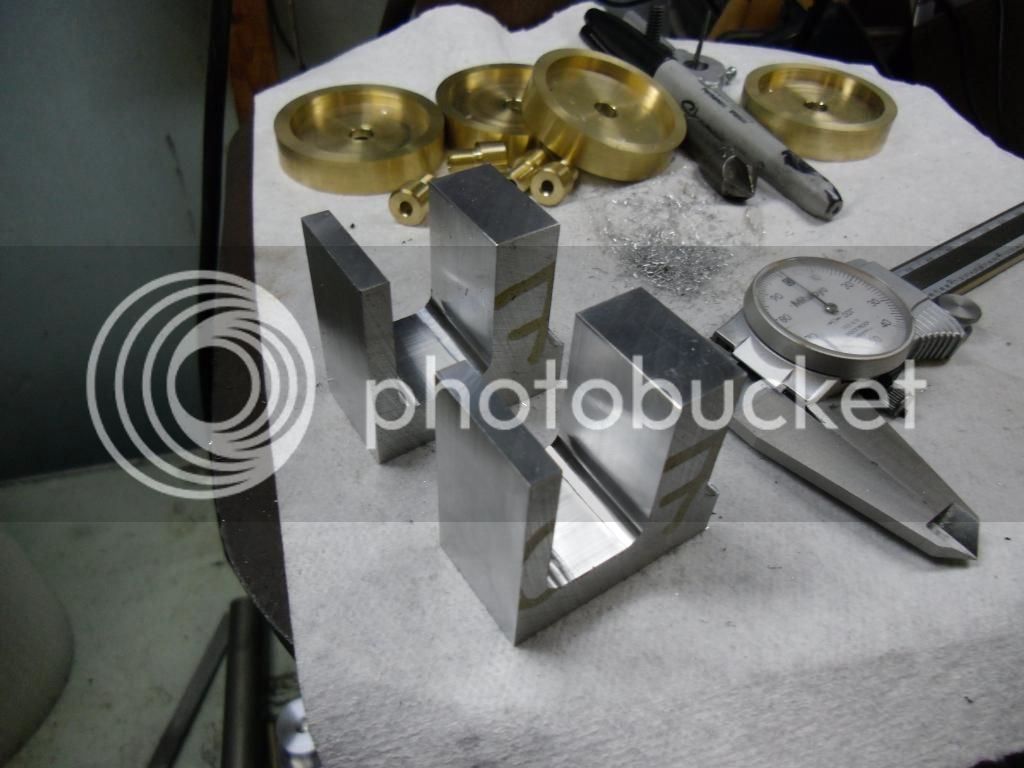
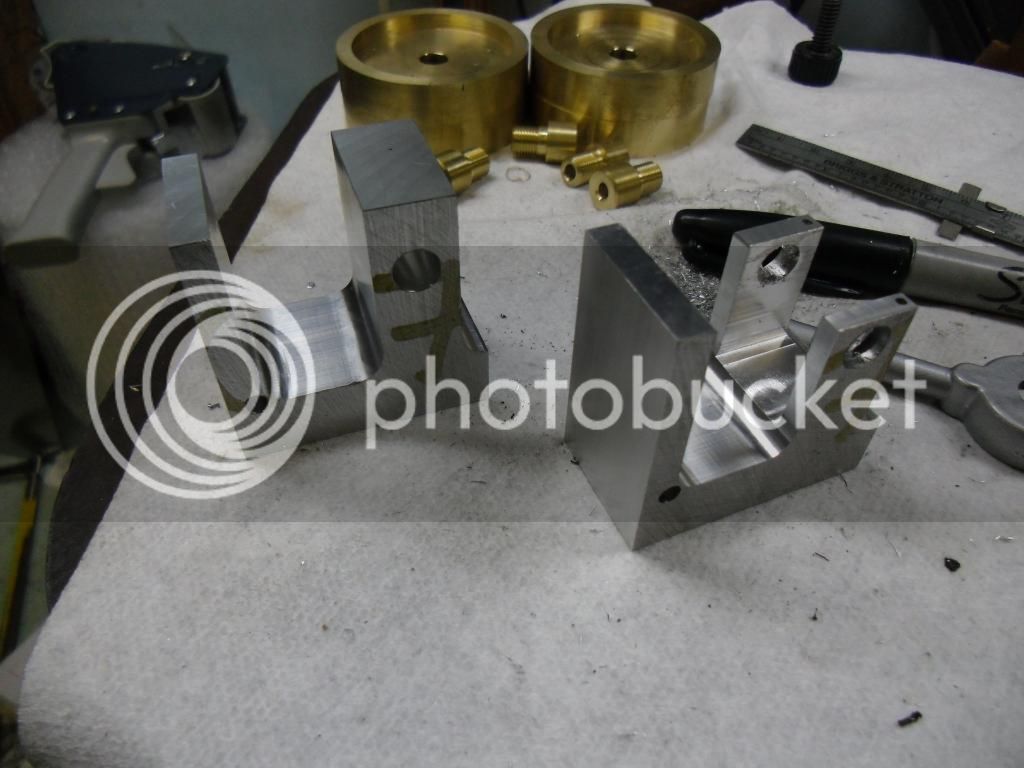
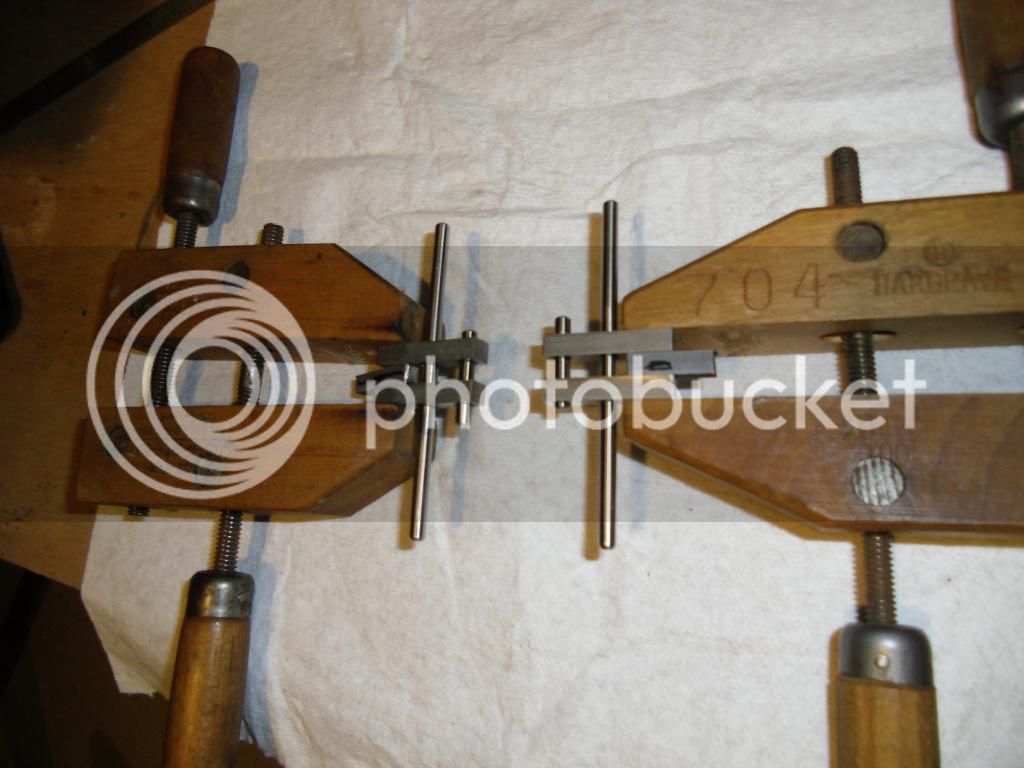


![MeshMagic 3D Free 3D Modeling Software [Download]](https://m.media-amazon.com/images/I/B1U+p8ewjGS._SL500_.png)
















![TurboCAD 2020 Designer [PC Download]](https://m.media-amazon.com/images/I/51UKfAHH1LL._SL500_.jpg)










![DreamPlan Home Design and Landscaping Software Free for Windows [PC Download]](https://m.media-amazon.com/images/I/51kvZH2dVLL._SL500_.jpg)



































